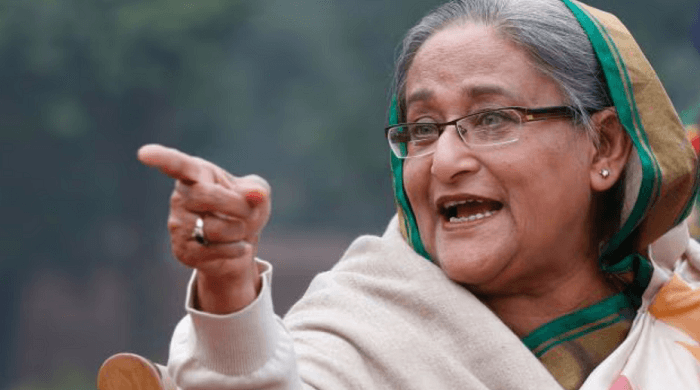Since the Awami League government stepped down on August 5, 2024, a series of incidents have unfolded that suggest a concerted effort by the party to destabilize the current administration led by Dr. Yunus. From orchestrating violent protests to spreading misinformation, Awami League’s tactics aim to create social unrest and disrupt the functioning of the government. These actions raise questions about their true intentions and whether they are trying to disrupt Dr. Yunus’ government in a bid to regain power.
Incitement of Violence and Unrest
In recent weeks, Awami League’s influence has been evident in the numerous violent protests and clashes erupting across Bangladesh. Several student groups, allegedly with backing from the Awami League, have initiated destructive campaigns on various college campuses. For instance, the ‘Super Sunday’ and ‘Mega Monday’ protests at Dr. Mahbubur Rahman Molla College and other educational institutions resulted in severe damage to college property and left many students injured. These protests, which seemed to be initially sparked by grievances related to education, were quickly transformed into violent outbreaks, which critics believe are deliberately incited to create chaos.
The Ahingsho Ganoabhyuthan Bangladesh group organized a mass gathering at Shahbagh, drawing crowds with promises of zero-interest loans. Police intervened, detaining key organizers and dispersing participants. The event raised suspicions about the group’s intentions and methods of mobilization.
Battery-powered rickshaw drivers staged daily blockades in Dhaka, protesting government restrictions on their vehicles. These actions caused severe traffic congestion, bringing attention to the economic challenges faced by these workers.
Undermining Law and Order
In addition to fueling protests, Awami League is also accused of sabotaging efforts to maintain law and order. The government has struggled to respond effectively to the mounting violence, with law enforcement often appearing overwhelmed by the scale of the unrest. Several reports suggest that the police have been hesitant to intervene, perhaps due to political pressure or the fear of inflaming further violence. This has allowed the situation to escalate, as seen in the violent clashes between students and law enforcement in recent days.
Moreover, it is believed that members of the Awami League, along with their allies, are behind the orchestrated disruptions at strategic locations, such as transport hubs and key roads, which are severely affecting the daily lives of ordinary Bangladeshis. These actions are seen as deliberate attempts to create confusion and make it difficult for the government to function smoothly.
Awami League’s Endgame: A Return to Power?
The series of disruptive tactics employed by Awami League strongly suggests an underlying agenda to destabilize Dr. Yunus’ government and make the country ungovernable. By creating widespread chaos, undermining public trust in the administration, and using external forces to disrupt the peace, Awami League is testing the limits of Dr. Yunus’ leadership.
The party’s ultimate goal appears to be a return to power, whether through electoral means or by engineering enough instability to justify a political shift. As political figures within Awami League and their allies continue to stoke the fires of discontent, their focus on weakening the state apparatus and the administration’s ability to govern becomes increasingly apparent.
In response, Dr. Yunus’ government is facing mounting pressure to restore order and hold those responsible for the unrest accountable. Whether the current administration can withstand these challenges and stabilize the country remains to be seen. However, the evidence suggests that Awami League’s efforts to disrupt the government are far from over, and they will continue to deploy both direct and indirect tactics to achieve their political objectives.




GIPHY App Key not set. Please check settings